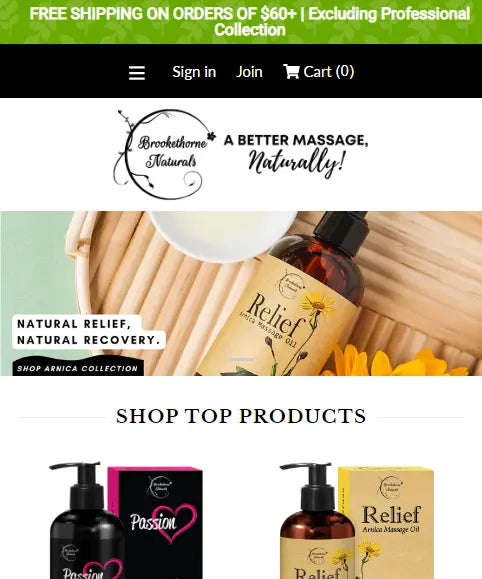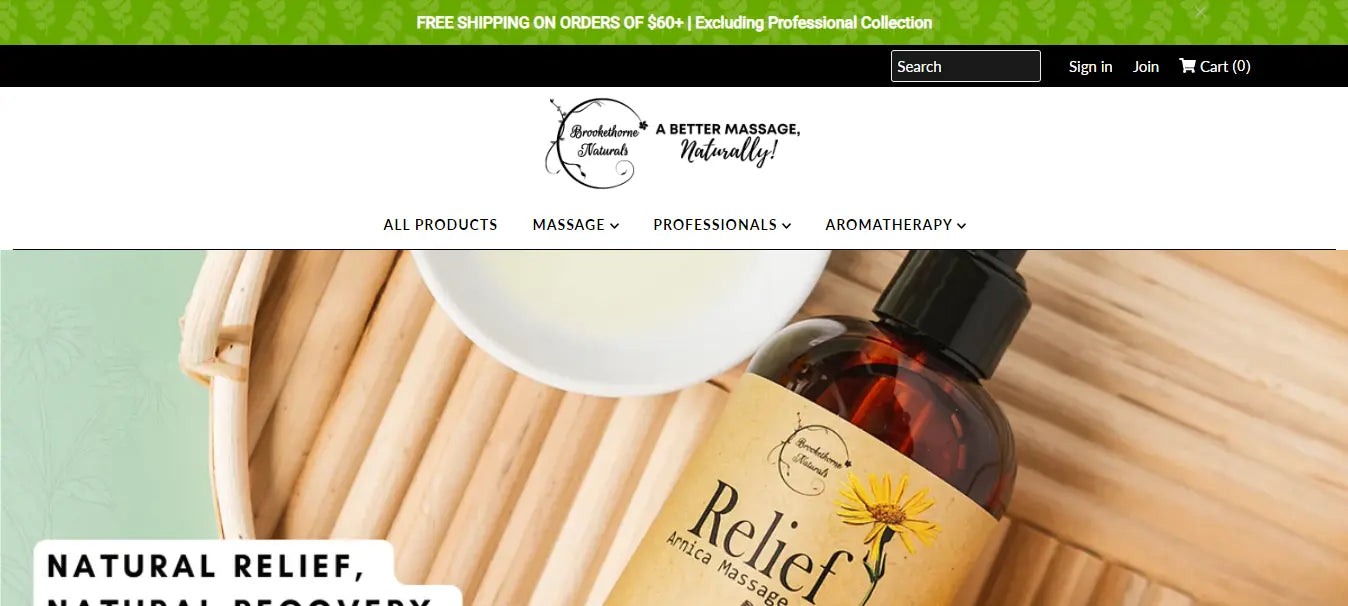• 11/28/22
Self-massage is a great way to relieve tension, tightness and general aches and pains. The great news is that it can easily be done at home as part of a healthy morning routine or to help with muscle aches – and you really don’t need anything to get started.
What is self-massage?
If you’re feeling very sore and achy it might be time to visit a massage therapist for some help, but for mild aches and pains, you can start your treatment at home.
Self-massage is all about using your hands (or one of a number of tools) to help relieve tension and pain. You use your hands to carefully manipulate problem areas and help relieve discomfort and even stress.
Why is self-massage effective?
Self-massage can be a convenient way to relieve both pain and stress.
We have stressful lives and sometimes we need to find ways to relieve the tension that builds up in our muscles over time. Self-massage can be a great part of a healthy morning routine or an excellent partner to meditation to help relieve tensions and stresses.
Where pain is concerned, professionals may recommend massaging muscles and joints to help remove pressure and keep blood flow consistent so that they can properly heal. Muscle stimulation is used by athletes for recovery as it helps speed up healing after intense exercise. The same can apply to injuries and recurring issues.
What do you need for self-massage?
In theory, there’s actually nothing needed for self-massage. It can be a very simple but highly effective activity.
Although not required, there are a couple of things that can improve the experience and heighten the effects.
Nice-to-haves:
- Oils or creams
- Massage roller
- Relaxing space with music or scents
- Electric massager
Self-massage Techniques
Hand Self-Massage
Common self-massage areas include the neck, head, shoulders and legs. These areas are typically easy to reach and are prone to tension.
Neck and Shoulder Self-Massage
For neck self-massage, you need to try and relax the shoulders. Try dropping your shoulders and using your opposite hand for better reach and comfort.
Apply a small amount of your chosen massage oil or cream and massage problem areas firmly and in a circular motion with your fingers. You should apply a fair amount of pressure but not to the point that the action feels extremely uncomfortable.
Head Massage For Headache Relief
This popular YouTube video will provide plenty of insight into how self-massage can help with tension relief in your head.
Key takeaways are to not focus solely on problem points but instead cover an entire area. While the pain may present itself at a certain point, often it stems from strain or discomfort from a different area.
Leg Massage
If your focus is on muscular recovery in your legs you can be more firm with your actions. Sports massage is much more rigorous. When massaging legs with oils, be careful to avoid using rollers or tools on the outside of your knees, long term this can cause more problems. Try to focus on the muscles that you can feel in your upper legs and calves and repeated massage will help relieve some tension.
Our favorite self-massage products:
We have a number of popular massage products to help you get the most out of at-home, self-massage. Here are a few of our favorites.
Relief Massage Oil - This popular oil helps relieve muscle stiffness and soreness as well as bruising and swelling. If your self-massage is about pain relief then this product is perfect.
Arnica Roll-On Muscle Oil - Arnica offers many medicinal benefits and this handy roll-on is perfect for self-massage. It is clean, practical and great for muscle and joint relief.
Cryoglide Massage Ball - This compact massage tool is a handy item for anyone trying out self-massage. It’s perfect for your neck and shoulders and offers many of the benefits of cryotherapy in the home.





Comments
0 Comments
Leave a Comment